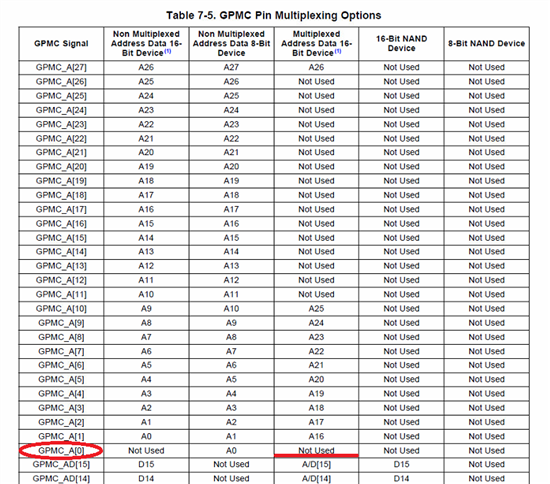Hi,
I am using AM335x with the GPMC bus connected to an external FPGA device using Address Data multiplexed 16-bit data bus. I would like to confirm that my understanding of how BE0/BE1 (active low) support to work:
1. Both BE0 and BE1 are low if a 16-bit write or read is performed to the even address. Valid data is on GPMC_AD[0-15].
2. BE0 is low and BE1 is high if a 8-bit write or read is performed to the even address. Valid data is on GPMC_AD[0-7].
3. BE0 is high and BE1 is low if a 8-bit write or read is performed to the od address. Valid data is on GPMC_AD[8-15].
Thanks


